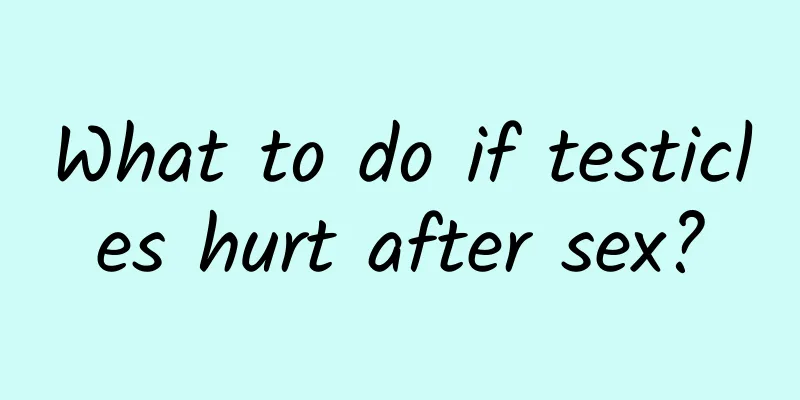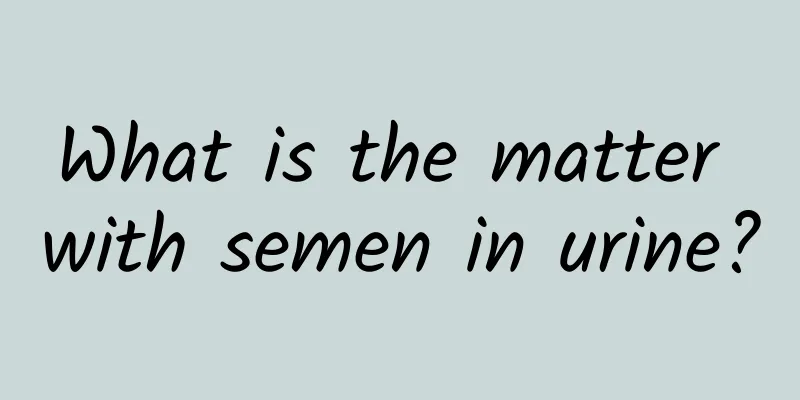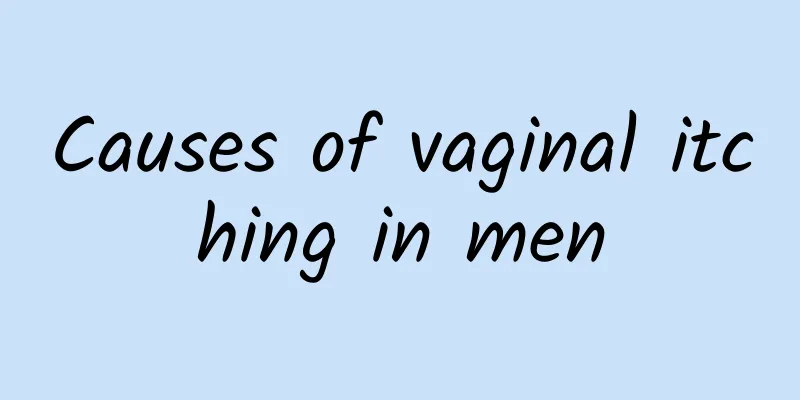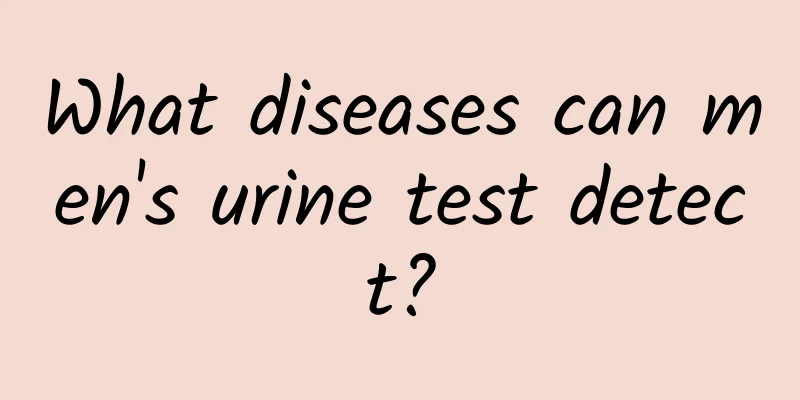Is sagging testicles normal?

|
Testicular sagging is a very common male disease in real life, and there are many reasons for testicular sagging. This may be a symptom caused by orchitis. Generally, due to different personal constitutions, testicles will vary in size. If the testicles are too sagging, it may be a manifestation of orchitis. Varicose veins can also easily lead to testicular sagging, which requires timely examination. Is sagging testicles normal? Sagging testicles are abnormal and may indicate disease. Generally speaking, male testicles are not completely uniform in size. Some are large and some are small, and some are high and some are low. As long as the difference is not too big, it is normal. However, if the testicles sag or there are other symptoms, you should be alert to whether it is caused by some other diseases. Common diseases that cause abnormal testicle sag include: 1. Orchitis. Men with orchitis will suffer from abnormal testicular ptosis. If you examine the testicle on the affected side, you will find red and swollen skin, enlarged testicles, a feeling of drooping, and obvious tenderness; 2. Varicose veins. Men with varicocele will also experience abnormal testicular ptosis. Other symptoms include swelling of the scrotum on the affected side, local swelling, and pain, which is often aggravated by fatigue and standing for a long time, and the symptoms will be alleviated or disappear after lying down and resting; 3. Prostatitis. Men with prostatitis will also experience abnormal testicular ptosis. Other symptoms include frequent urination and painful urination. 4. Other diseases of the reproductive and urinary systems may also cause abnormal testicular ptosis, such as testicular cysts, scrotal hydrotestis, and seminal vesiculitis. Complications 1. Induce serious diseases, such as varicocele, synovitis, prostatitis, endocrine diseases, nephritis and other kidney diseases, urinary tract infections, malignant tumors, etc. 2. It causes male sexual function to decline or even completely lose its function. 3. It causes dead sperm, azoospermia, loss of fertility, and transmits inflammatory bacteria to the spouse, causing gynecological diseases. 4. Testicular diseases cannot be cured for a long time. treatment 1. Bacterial orchitis Rest in bed, lift the scrotum, and apply local hot compress. If the scrotal skin is obviously swollen, apply 50% magnesium sulfate solution for hot compress to help the inflammation subside. If the pain is severe and the painkillers are not effective, the spermatic cord on the affected side can be closed. Systemic medication should be broad-spectrum or Gram-negative antibiotics, such as penicillin, gentamicin, and various cephalosporins. 2. Chronic nonspecific orchitis Bilateral chronic orchitis can often cause infertility. Treatment is mainly aimed at the cause of chronic orchitis. 3. Mumps orchitis (1) Antibiotics are ineffective for this disease, so symptomatic treatment is the main approach. (2) The use of adrenocortical hormones has a clear therapeutic effect on patients in the recovery stage. |
<<: Does testicle size affect sexual function?
>>: Does a testicular cyst require surgery?
Recommend
Do you have a bitter taste in your mouth when you wake up in the morning? Be alert to gastrointestinal diseases!
From a physiological point of view, when the huma...
What should I do if there are red spots on both sides of the glans?
Patients with condyloma acuminatum are often in g...
What are the treatments for premature ejaculation?
As our lives are improving day by day, many male ...
What should men eat to nourish their kidneys?
Kidney deficiency is also a key issue. For most m...
Save yourself! How men can save themselves from spermatorrhea
Spermatorrhea is also known as "slippery dis...
The benefits of eating raw garlic for men
The benefits of eating raw garlic for men include...
What is the most effective way to enhance sexual performance in summer?
In the spring and summer, when yang grows and yin...
Does dried semen contain viruses and bacteria?
Generally speaking, bacteria and viruses are rela...
How to treat menopause
Many people think that male friends will not have...
Why is it that men's urine is particularly noisy?
Everyone knows that the urine of adults has a par...
How to recover from ejaculation
There are many factors that may cause men to have...
What are the symptoms of liver qi stagnation in men?
Nowadays, the pace of life is getting faster and ...
Can men with kidney yin deficiency take spermatogenesis tablets?
For male friends, the occurrence of kidney yin de...
What causes scrotal dampness?
In daily life, men may easily neglect their repro...
Why does the penis grow hair?
The penis is a unique organ of men. When it matur...









